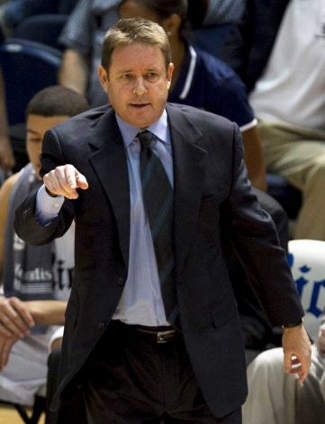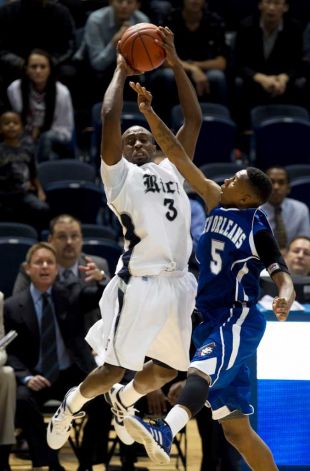Rice Owls (9-4) at Texas Longhorns (9-3)
Frank Erwin Center | Austin, TX | Tip: 1 P.M. CT | TV: Longhorn Network
LRT Consecutive Game #199
After a nine-day layoff, the Texas Longhorns return to action this afternoon, closing out 2011 against their old Southwest Conference rivals, the Rice Owls. In recent years, the Owls have not proven to be much of a challenge for the Longhorns, dropping all five games against Texas since Rick Barnes has arrived on the 40 Acres.

Ben Braun has turned things around at Rice
(Photo credit: James Nielsen/Houston Chronicle) 
Junior guard Tamir Jackson keeps the offense humming
(Photo credit: James Nielsen/Houston Chronicle) |










